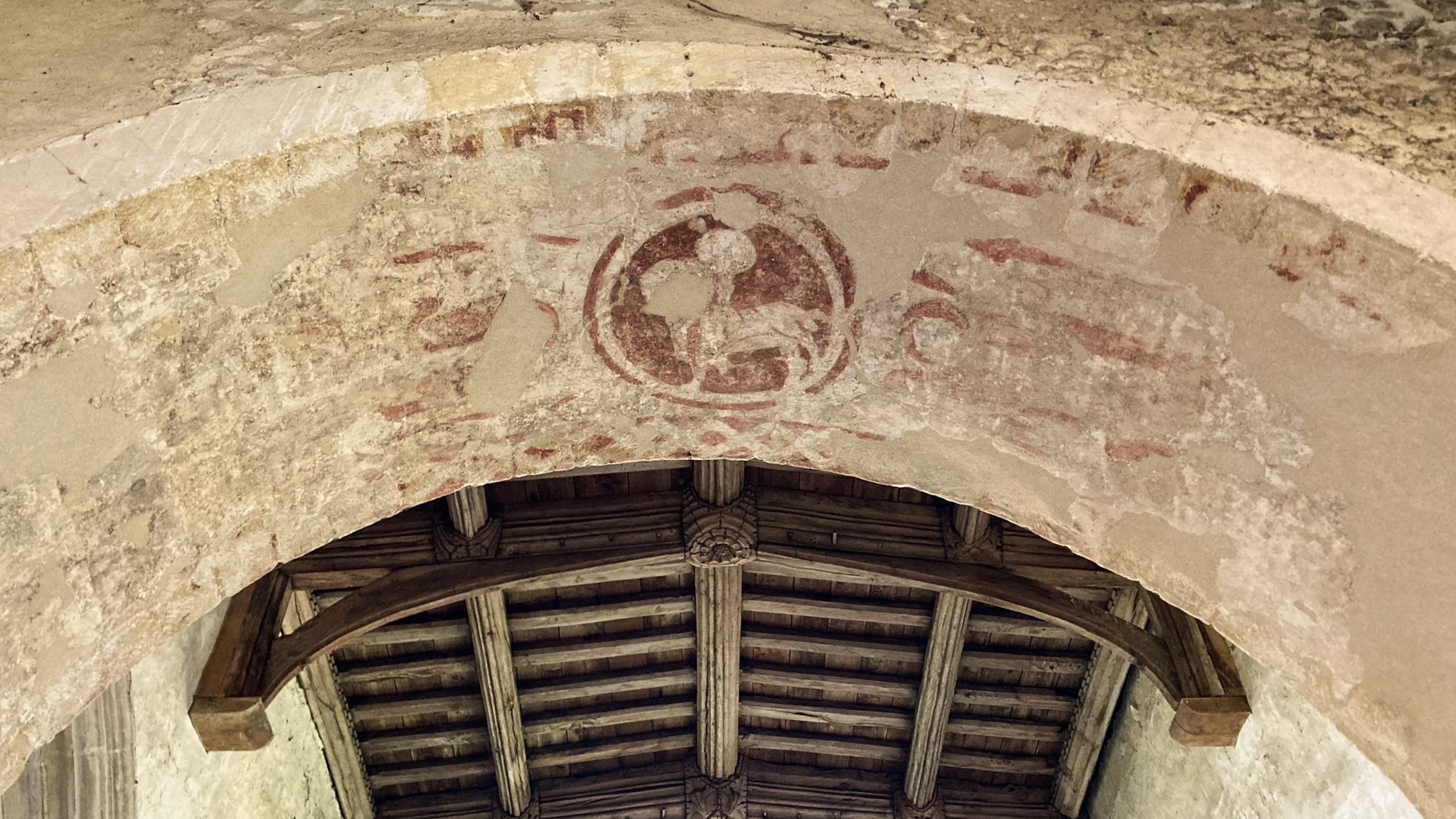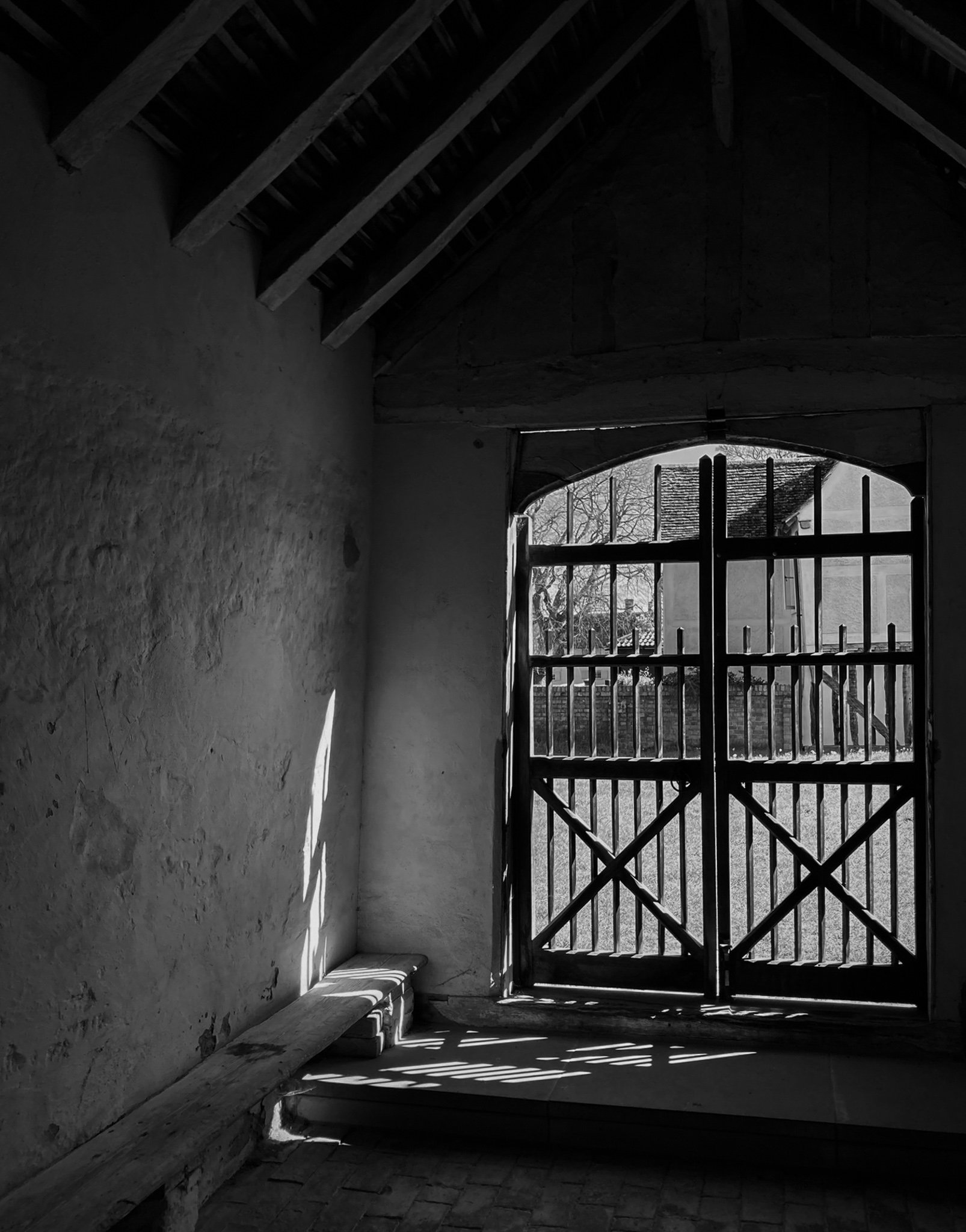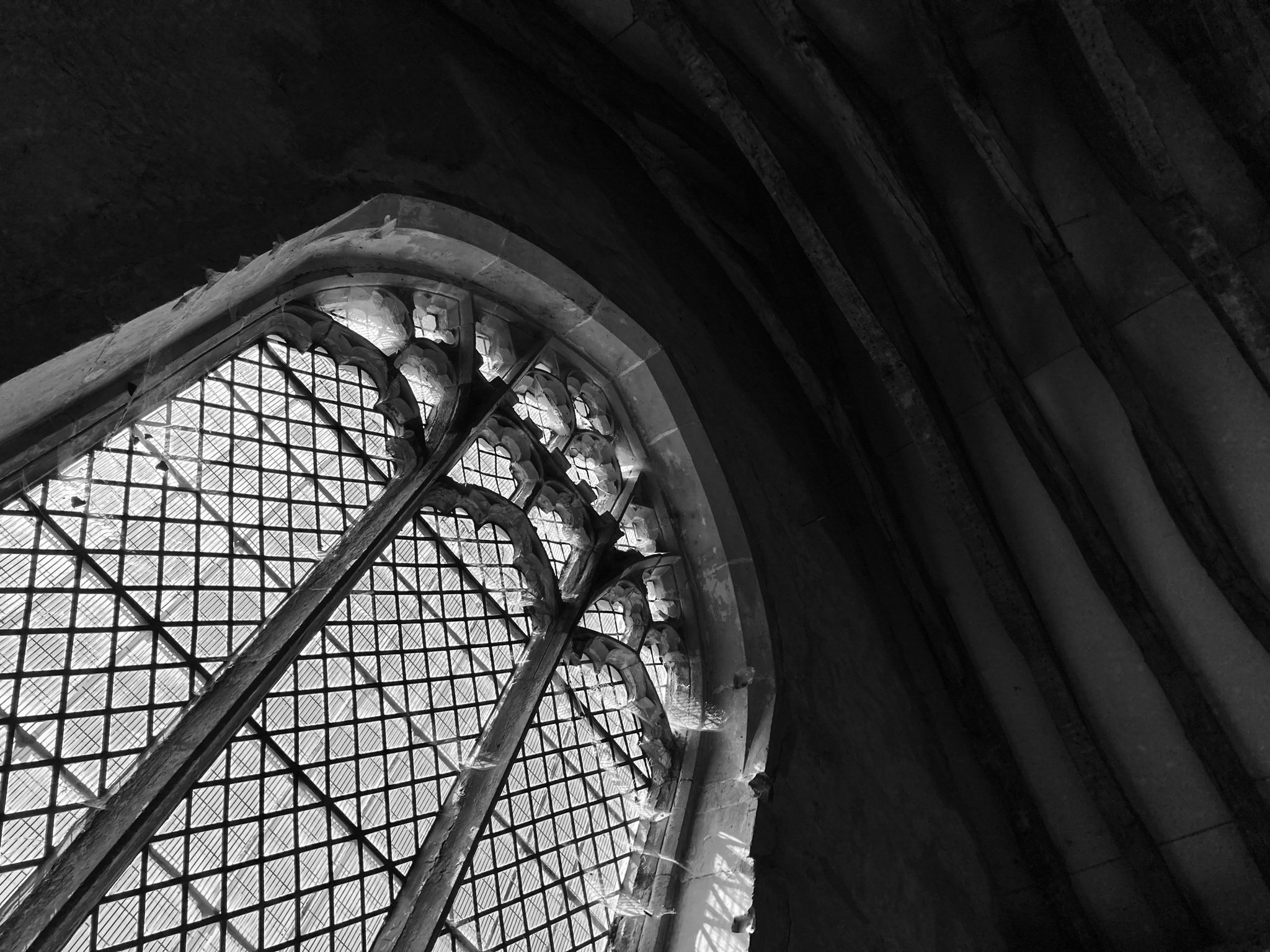My experience of teaching a smartphone photography workshop last month proved to be a great way of learning more about my own phone’s camera, but not without its temptations. As I researched what the cameras we all carry in our pockets can do I realised just how much more the latest iPhone can do now.
After much indecision I took the plunge and upgraded from my three year old iPhone SE to the latest iPhone 14 Pro and I haven’t regretted it for one moment. Yes, it still does all the phone stuff the same as any mobile, but having a larger sensor and three different lenses to play with brings many more possibilities when I want to travel light. The day after I bought the new phone I decided to use it as my sole camera for our monthly visit to the Barrington car meet and it was strangely liberating.
The super-wide angle lens offers some fun possibilities if you get really close.
On the new phone’s camera it will allow you to use the portrait mode on subjects which aren’t human which allows for all sorts of creative possibilities.
A beautiful 1948 Healey.
Photos taken 2 June 2023


























































